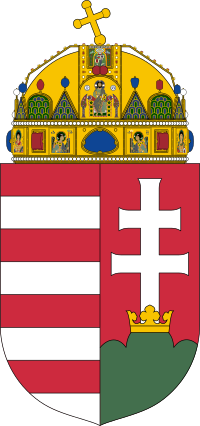This Article is from AD MAIOREM DEI GLORIAM
+ + + + +
Act of Consecration to
The Immaculate Heart of Mary
The beautiful Consecration, provided below, reminds us of the importance of being united to Mary, for, through her guidance, we can more easily follow Christ's Will and gain our Heavenly reward.
+ + + + +
Act of Consecration to
The Immaculate Heart of Mary
Heavenly Mother Mary, I come to thy most lovable and sweet Heart, refuge of sinners.
I offer myself to thee and Consecrate my entire life to thine Immaculate Heart.
In this Consecration of my total person,
In this Consecration of my total person,
I offer thee my body and Soul, with all its miseries and weaknesses.
I offer thee my heart, with all its affections and desires, my Prayers, works, joys and sufferings.
I offer thee every temptation that comes to me, so that my every thought and desire may be purified through thy Holy Intercession.
I offer thee especially my death, with all that will accompany it.
I offer thee my last agony.
Accept all this, my Mother, and take all into thy Immaculate Heart as I give to thee irrevocably all that I am and all that I have, together with all property and possessions.
I offer thee my family and all who are near and dear to me. Take them all into thine Immaculate Heart and keep us ever one in thy Son Jesus Christ.

I renew today the vows of my Baptism and Confirmation.
I renew today the vows of my Baptism and Confirmation.
Keep me ever Faithful to God and to Holy Church, and loyal in obedience to The Holy Father, the Pope.
I desire to pray The Rosary properly, meditating on its Mysteries.
I desire to participate in The Sacrifice of thy Son, perpetuated at Holy Mass, and receive Him frequently, even daily, in Holy Communion.
I attach special importance to The First Saturday of the month, in reparation to thine Immaculate Heart, and I will work for the conversion of sinners.
I will strive to live daily, the Spirit of Eucharistic Reparation.

O Queen of the Angels, my Queen and my Mother, I humbly prostrate myself before thee, as I approach thee with my Guardian Angel.
I desire all the Holy Angels, and especially my Guardian Angel, to Venerate thee always as Queen of Heaven and Earth.
Command my Guardian Angel, and all Holy Angels, to keep me always in thy love and in the Union of Grace with thy Divine Son.
Send forth thy Angels to assist me in spreading Devotion to thine Immaculate Heart, so that, through thine intercession, there may be Peace in the World and in The Church, and The Kingdom of Christ may come on Earth, as it is in Heaven.
Amen.
























